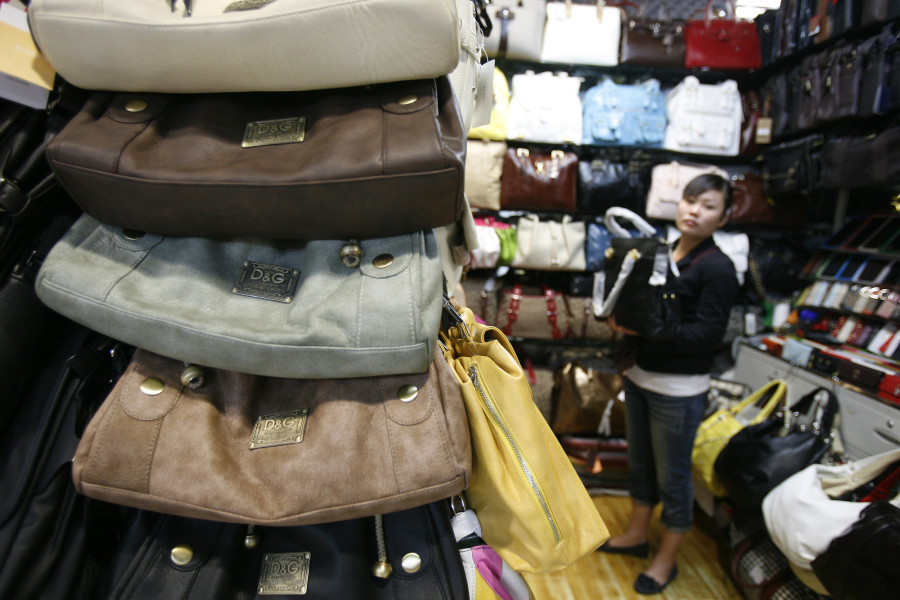How to Rate Counterfeit Bags
Fact: 75 per cent of counterfeit goods seized worldwide in 2008 to 2010 came from China.
For those of us who live in New York, a counterfeit handbag means only one thing- it’s fake. We associate the fake bags sold on the street as imitations of the real product, sold for a fraction of the price. But there is also a market for “factory extras,” known as yuandan in China, where real bags are smuggled out of factories to be sold for a cheaper price. Occasionally there are small defects, but there are also rumors that many factories stay open after hours and continue producing the luxury product to sell themselves.
A recent Chinese language news report describes the informal classification system of counterfeit product that has emerged. There are five levels that range from “1:1″ (一比一), “Super A” (超A), “A”,”B”, and “C”. B and C are what you would find at a “night-market stall,” but A-quality and above can get pretty convincing. While there are ways to distinguish A and Super A-quality as fake, they are difficult to tell apart from the real thing even for the most seasoned eyes.
These distinctions make it more difficult for brands to attack counterfeit production. The stories we hear about entire factories devoted to counterfeit production are easier to tackle. The goal is to find the factories, figure out where they are getting their raw materials from and shut it down. Take the fake Nike factories that were revealed a couple years ago, where we learned that almost 10% of the people of Putian, China were employed by these counterfeit Nike factories. Earlier this year Chinese police shut down a factory in Guangzhou that was reported to be able to produce more than 100 fake Prada bags per day and sell over 3,000 fake bags every month to earn revenue worth several hundred million yuan a year.
What is harder to account for and disrupt is the product leaking from the legitimate factories. This is more of a problem for the brand owner than law-enforcement to work to keep a tight control over their supply chain. To tackle this problem, Asymmetrica can work with satellite factories to help account for raw material yielding maximum output and work to prevent “factory excess” leading to profit loss for brands.
![]()



